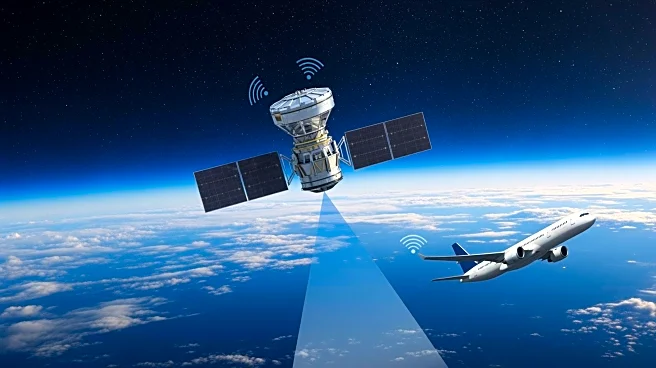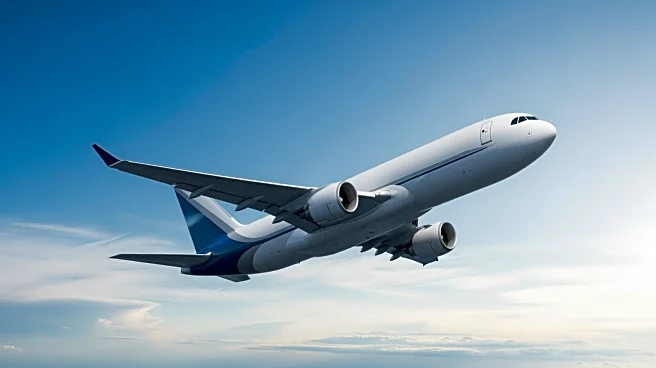What's Happening?
SpaceX is set to launch 29 Starlink satellites from NASA's Kennedy Space Center in the early hours of Saturday morning. The launch is part of the Starlink 10-51 mission, utilizing the Falcon 9 booster B1069, which will make its 28th flight. The booster is scheduled
to land autonomously on the drone ship 'A Shortfall of Gravitas' in the Atlantic Ocean. This launch comes just before the Federal Aviation Administration (FAA) implements new restrictions on commercial space launches, limiting them to between 10 p.m. and 6 a.m. local time starting November 10. The restrictions are part of an emergency directive issued due to the ongoing government shutdown, which also includes a temporary reduction in flights at major airports.
Why It's Important?
The FAA's new restrictions on commercial space launches could significantly impact the scheduling and frequency of such missions. For SpaceX, this means potential adjustments to their planned launches, including five more Starlink missions and the Transporter-15 mission. The restrictions aim to manage airspace congestion and ensure safety amid reduced government operations. Airports like Orlando International and Los Angeles International, close to major launch sites, will experience reduced flight operations, affecting travel and logistics. The directive highlights the broader implications of government shutdowns on commercial activities and infrastructure.
What's Next?
SpaceX may need to adjust its launch schedule to comply with the FAA's new restrictions. While the company has some flexibility in timing its Starlink missions, launches requiring specific orbital paths, like Transporter-15, may need special exemptions. The FAA's directive could lead to increased coordination between space companies and regulatory bodies to minimize disruptions. Other companies, like Rocket Lab, anticipate minimal impact due to their operations outside U.S. airspace. The situation underscores the need for contingency planning in the aerospace sector during government shutdowns.
Beyond the Headlines
The FAA's restrictions could prompt discussions on the balance between commercial space activities and airspace management. As the space industry grows, regulatory frameworks may need to evolve to accommodate increased launch frequencies while ensuring safety and efficiency. The directive also raises questions about the resilience of government agencies during funding lapses and their ability to support critical infrastructure and commercial operations.














